Wood is one of the most precious building materials. It’s strong, durable, and beautiful however, there are also some downsides. Over time, wood can change color and can buckle due to moisture changes. These and many other reasons have made woodworkers turn to engineered wood. Let’s find out what is engineered wood and how it’s different from traditional wood in this article.
What does engineered wood mean?
Engineered wood is man-made wood as it’s not made using natural means. Also called composite wood, engineered wood is the best alternative to using hardwoods. This is made from combining many layers of wood using strong glue, pressure, and heat. The result is a stable wood that’s harder, more durable, and more versatile than regular wood.
What are the layers of engineered wood?
Engineered wood has three layers: the top layer, the second or middle layer, and the final or back layer.
The surface layer is mostly made from lovely veneer that comes from solid hardwood. Top layers vary in color, markings, and stains depending on the species of solid hardwood you prefer. This layer is what people look at when they buy engineered wood.
The middle layer supports the surface and may be made from particleboard, plywood, or MDF. These keep the top layer from changing its shape or warping. Meanwhile, the back layer stabilizes the wood and prevents it from buckling or changing its shape even with years of use.
Engineered wood properties
The materials used to produce engineered wood are made from natural solid hardwood. To ensure that the different engineered wood layers stay put, special glue, pressure, and heat are used. Also, a piece of engineered wood has an efficient click fitting system to ensure the different pieces are installed properly.
You can also choose from different finishes: oiled, brushed, or lacquered. You may also go for an unfinished look. Finally, engineered wood comes in varying widths, thicknesses, and lengths.
You might have also heard of laminate wood and may have used this interchangeably with engineered wood but these are completely different things. Engineered wood has a top layer made from real hardwood while laminate wood has a laminate picture of natural wood. The picture is attached to a high-density fiberboard and not on wood.
The different kinds of engineered wood
Engineered wood is available in different kinds; here are the most commonly used in different industries.
Plywood
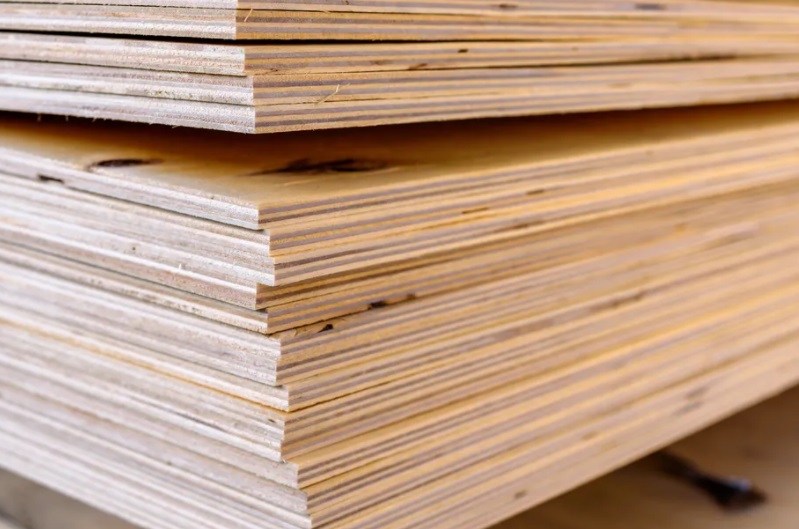
The most common type of engineered wood is plywood. This is made from a very thin veneer, glued together using very strong adhesives. Plywood is also exposed to heat and extreme pressure to keep the veneer layers together.
Every veneer layer has a wood grain that’s arranged 90 degrees to avoid splitting. This also helps improve the overall strength and stability of wood and keeps the wood from warping.
Plywood is useful in so many ways. It is used in interior and exterior constructions, for paneling and framing. There are also some disadvantages of plywood; this can sag and change shape after being exposed to water and excess weight. Plywood is the most expensive type of engineered wood.
Particle Board
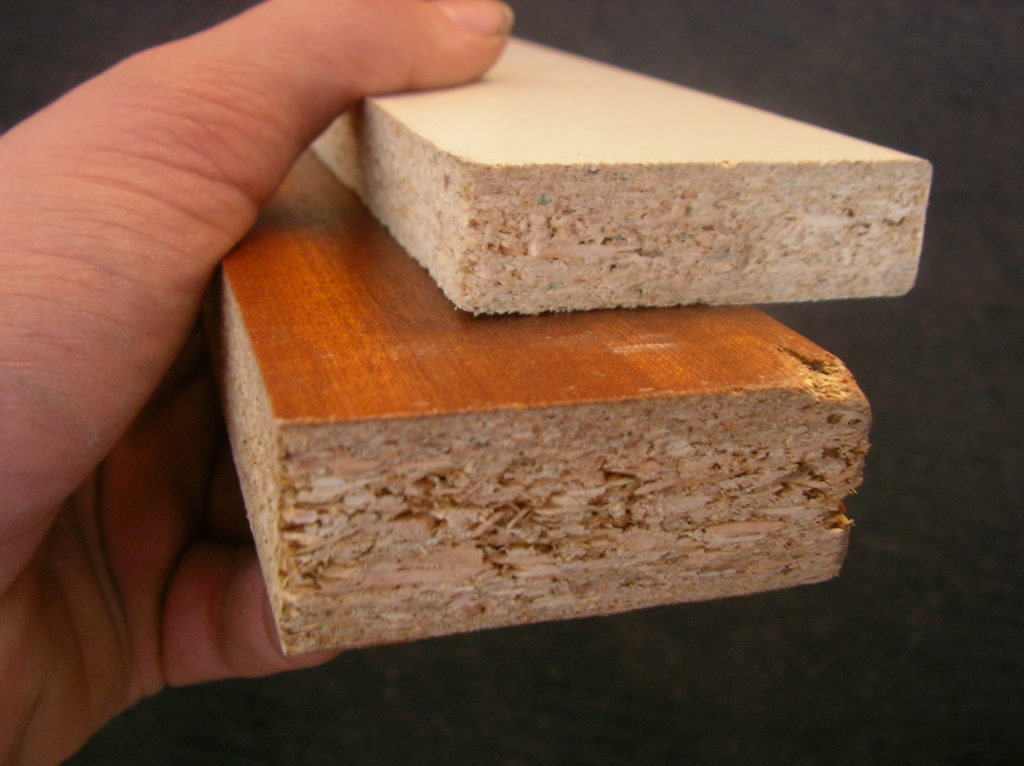
Particleboards are used in making countertops and kitchen cabinets. This type of engineered wood is made from tiny bits of wood or wood chips. These small bits are compressed together using glue and extreme pressure. The surface layer of particle boards has smaller wood chips compared to the ones found in the middle layer. This makes particle boards more compact.
Particleboards can be manufactured to create different shapes however, it’s not as strong as other engineered woods.
Creating MDF or medium-density fiberboard is done by grinding softwood and hardwood into very small fibers. Wax binding agents are added and then exposed to pressure and heat. MDF panels have a smoother finish and a consistent pattern. It’s very strong and is also easy to use.
On the downside, MDF is denser compared to plywood and thus, it can drink up more water quicker. It is not suitable for outdoor use.
MDF has a smooth surface and thus, it’s used for indoor furniture. This engineered wood is cheaper and is known as a green product as well.
Laminate veneer
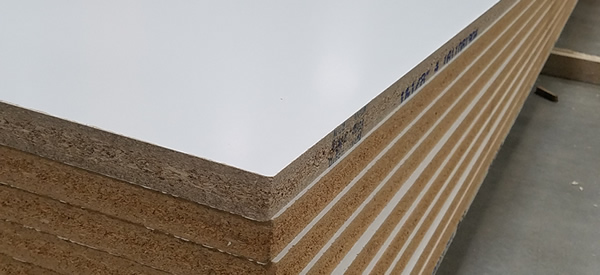
A laminate veneer is manufactured by compressing thin wooden veneers to make a large wood billet. All the grains of the facets of the billet have a single long direction. Because of this, a laminate veneer is stable and enhanced mechanical properties compared to regular lumber.
Cross-laminated
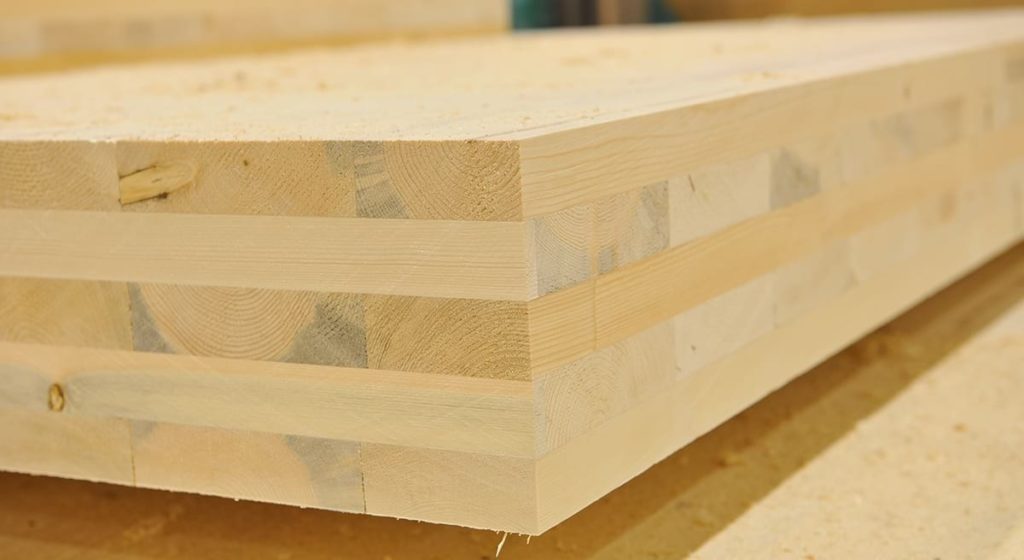
Cross-laminated engineered wood is a very versatile material. Every layer of CLT is aligned transversely from the adjacent layers to boost strength and rigidity. Cross-laminated wood is useful in long assemblies like roofs, floors, and walls.
CLT is best because it’s easy to use and is created and finished from the manufacturing site. The pieces are simply attached with screws.
Engineered wood vs solid hardwood
Solid hardwood is solid while engineered wood has many layers. Solid wood has a homogenous consistency from side to side, top to bottom. This type of wood is around ¾ inches thick while the width is 2 ¼ – inches wide.
Pre-finished solid wood is the finished wood of choice for flooring. This type may be sanded many times but will soon become very thin which can affect its integrity. Solid wood can last for many years and may be recovered after a flood. It is not a good choice for areas where there is high moisture.
Meanwhile, engineered wood has a thickness of 3/8 to ½ inches. Widths are 3 ¼ inches. Most engineered wood comes pre-finished but can only be sanded twice as the thin surface layer may soon wear off.
It is easier to install engineered wood and is also very durable but not as strong as solid wood. This type of wood can withstand conditions with higher humidity.
Now that you know what is engineered wood, you may now decide if this is the best building material that works for your needs. As you take the many benefits of engineered wood, you should also consider its many drawbacks to use in different projects.
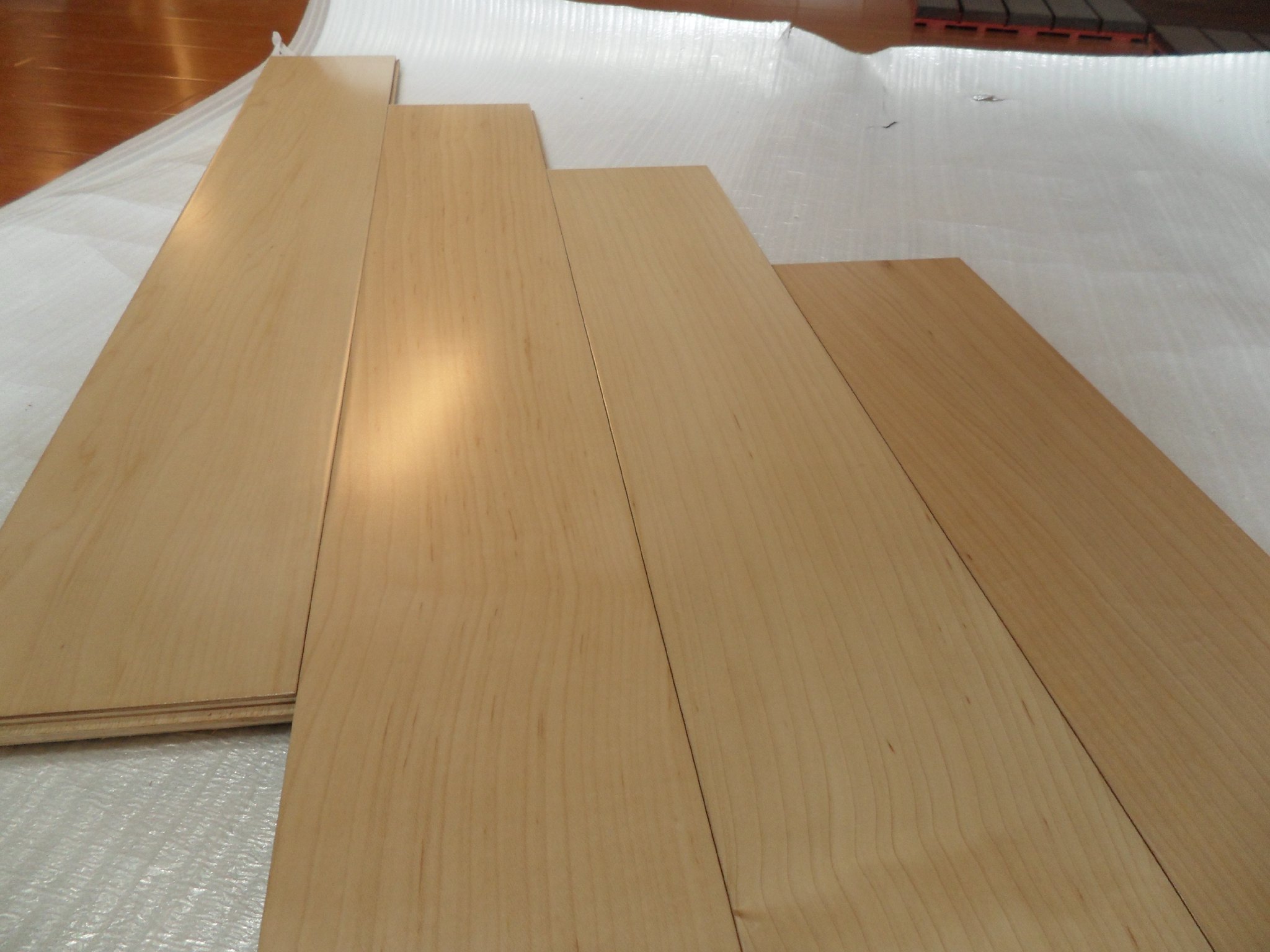

Leave a Reply